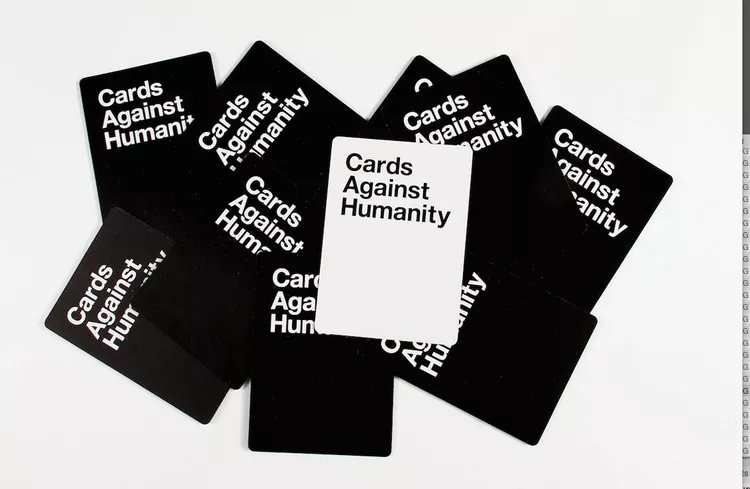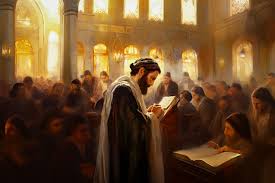
Yom Kippur in the Bible
1. Yom Kippur :
Yom Kippur, also known as the Day of Atonement, is the holiest day in the Jewish calendar. It is a day dedicated to repentance, fasting and seeking forgiveness for sins committed during the previous year. The term “Yom Kippur” means “Day of Atonement” in Hebrew, and marks the end of the ten days of repentance, which begins on Rosh Hashanah, the Jewish New Year.
2. Biblical reference
Yom Kippur is introduced in the Torah, primarily in the book of Leviticus. The main biblical text that explains the observance of Yom Kippur is Leviticus 16:29-34, where God instructs Moses on how the Israelites are to observe the day. It is the day when all sins are atoned for, and people are purified before God.

Key words
Leviticus (16:29-34):
Explains the commandment to observe Yom Kippur on the 10th day of the 7th month (Tishrei), a day of complete rest and fasting. It focuses on the sacrificial ritual of the high priest (Aaron) for atonement.
Leviticus (23:26-32):
Further emphasizes the solemn nature of this day, with instructions to afflict the soul (usually referred to as fasting) and instructions to stop all work.
Numbers (29:7-11):
List of special sacrifices to be offered on Yom Kippur.
3. Atonement
The Hebrew word kippur is related to the verb kafar, meaning “to cover” or “to atone.” Atonement involves confessing one’s sins and seeking reconciliation with God through repentance. In the biblical context, the high priest performed an elaborate sacrificial ritual to atone for the sins of the Israelites.
4. The High Priest
The High Priest had a central role in Yom Kippur as described in Leviticus 16. It was allowed only once a year on Yom Kippur. He will offer a number of sacrifices including a bull for his sins and a goat for the sins of the people.
The high priest also cast lots for two goats, one of which was sacrificed to God and the other, called the scapegoat (Azazel), was sent into the wilderness to symbolically carry the sins of the people. (Leviticus 16:8-10).
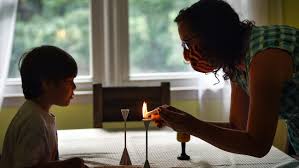
5. The Scapegoat (Azazel):
In the Yom Kippur ritual, two goats were chosen: one was sacrificed, and the other (the scapegoat) was sent into the wilderness. The high priest would place his hand on the scapegoat, confessing the sins of the Israelites, symbolically transferring their sins to the goat. This goat, sometimes called the “Azazel” goat, was then taken into the wilderness to take away the sins of the people (Leviticus 16:20-22).
6. Fasting
One of the main observances of Yom Kippur is fasting.
The Bible refers to this as “hurting one’s soul” (Leviticus 16:29). Traditionally, this means abstaining from food, drink, and other bodily pleasures for a period of 25 hours, beginning at sunset on Yom Kippur and ending at nightfall the following day.
This fast is observed to promote self-reflection, humility and repentance.
7. Repentance
Yom Kippur is primarily about Teshuvah, the act of repentance and turning back to God. The Jewish understanding of repentance includes:
- Confession of your sins.
- Feeling remorse for committing them.
- Confession of sins before God.
- Making a sincere resolution not to repeat them.
Although Yom Kippur provides an opportunity for atonement, repentance is a daily process in Judaism, and Yom Kippur serves as the culmination of this process.
8. Shofar
Yom Kippur traditionally ends with the sound of the shofar, a ram’s horn, marking the end of the fast and the beginning of a new era of purification and renewal. The blowing of the shofar is a symbol of freedom from sin and an invitation to deliverance.
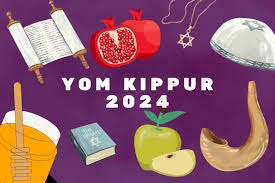
when is yom kippur 2024?
In 2024, Yom Kippur will begin at sunset on Sunday, October 13, and end at nightfall on Monday, October 14. Yom Kippur, the Day of Atonement, is considered the holiest day of the Jewish year. It is the climax of the ten days of repentance, which begins on Rosh Hashanah, the Jewish New Year.
Timing:
- Commencement: Sunday, October 13, 2024
- Ends: Monday, October 14, 2024 night
- The celebration traditionally lasts for 25 hours, including a full day of fasting, prayer and reflection.
- Importance of History:
Yom Kippur is celebrated on the 10th day of the Jewish month of Tishri, as commanded in the Torah. The specific date in the Gregorian calendar changes each year, as Jewish holidays are based on the lunar Hebrew calendar. In 2024, the 10th of Tishri corresponds to October 13-14 on the civil calendar.
Important components of celebrating Yom Kippur:
1:Fasting (Tzom)
Yom Kippur is a day of complete fasting. From sunset until evening the following day, observers abstain from:
- Food and drink (including water)
- Bathing or washing for pleasure
- Wear leather shoes
- Apply lotion or cream
- Marital relations
2:Prayers
- Kol Nidri (the opening service on Yom Kippur, which begins with the solemn announcement of the abrogation of vows).
- Shacharit (morning service, including Torah recitation).
- Musaf (an additional service that describes the high priest’s temple service on Yom Kippur).
- Mancha (afternoon service, including a reading from the book of Jonah).
- Nila (the closing service, symbolizing the closing of the gates of heaven for judgment).
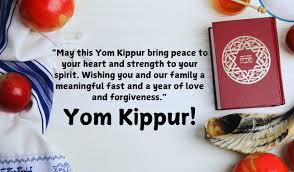
3:Repentance (Teshuvah)
Yom Kippur is a day of teshuvah, or repentance, where individuals reflect on their sins and seek forgiveness from God and those they have wronged. The period leading up to Yom Kippur, known as the Ten Days of Repentance, gives people time to make amends.
4:End of Yom Kippur
Yom Kippur ends with the Nilah service, the final prayer that marks the closing of the gates of Heaven. At the end of the service, the shofar (a ram’s horn) is blown, ending the fast. The sound of the shofar symbolizes the end of a period of judgment and the opportunity for renewal and forgiveness.
Traditions leading up to Yom Kippur
Erev Yom Kippur (Eve of Yom Kippur):
The day before Yom Kippur is also important. On this day, it is customary to eat a festive meal and give tzedakah (alms), as it is considered a day of spiritual preparation for the intense focus of the Day of Atonement.
Wearing white:
On Yom Kippur, many observant Jews wear white, a symbol of purity and spiritual renewal, as well as a reminder of the biblical phrase: “Though your sins be as scarlet, they shall be as snow.” shall be white” (Isaiah 1:18).
Yizkor Memorial Service:
During Yom Kippur, many Jews recite Yizkor prayers, memorial prayers said for deceased family members.

Yom Kippur Themes
- Atonement
The main purpose of Yom Kippur is to atone for sins between individuals and God. Sins committed against others must be rectified before Yom Kippur by apologizing to the wronged person.
- Judgment
Yom Kippur is the final day of judgment, as it is believed that God writes people’s fate in the Book of Life on Rosh Hashanah and seals it on Yom Kippur.
- Renewal and Cleansing
Through fasting, prayer, and teshuvah, Yom Kippur offers an opportunity to begin anew, free from the mistakes of the past.
Conclusion
Yom Kippur 2024 offers a profound opportunity for reflection, repentance, and spiritual renewal. This day is dedicated to asking for forgiveness and striving for moral and spiritual improvement in the coming year. It is a deeply introspective time that calls for reconnecting with God, self-examination, and recommitment to a moral life.
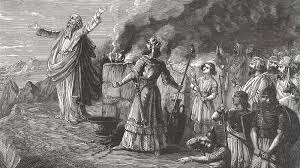
FAQ
1:What are the five rules of yom kippur?
- Fasting – not eating or drinking for 25 hours from sunset to the next night.
- No washing – Avoiding bathing or washing the body except for minimal hygiene.
- No wiping – Avoiding the use of lotions, perfumes, or cosmetics.
- Not wearing leather shoes – Leather is considered a luxury item, so only non-leather shoes are worn.
- No marital relations – abstaining from intimacy as a form of spiritual attention.
- These laws are intended to promote humility and repentance on this holiest day of the Jewish year.


